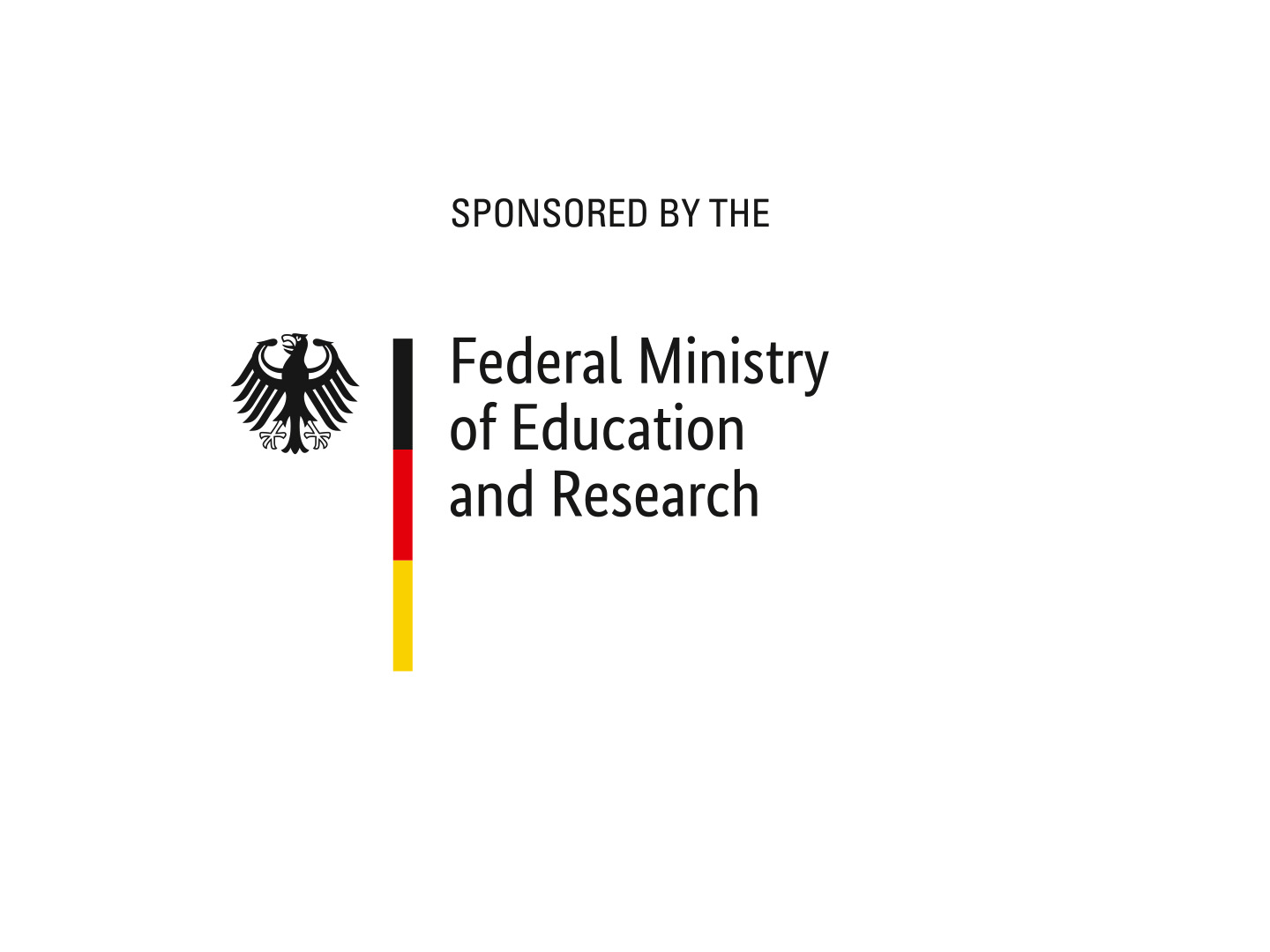In conventional leather dyeing, dyes are dissolved in water. These are used in excess. Only some of the dyes diffuse into the leather and dye it. However, the majority of the excess dyes are subsequently disposed of with the wastewater and contaminate it. The visible leather surface is additionally coated with dyed synthetic lacquers using a spray process. A considerable amount of this is not applied to the leather, but must be disposed of with the wastewater as so-called overspray. Of all the chemicals, these dyes cause the largest CO2 footprint and the highest costs in the complex production process.
The "RowaLef" project has set itself the goal of dispensing with the use of water and dyeing aids. CO2 -based dyeing is intended to reduce the use of dyes and prevent 100 percent contamination of the wastewater.
Compressed carbon dioxide as a colorant
Leather is a composite material consisting of synthetic and natural materials. Unlike natural materials such as wool or silk, they can be dyed using carbon dioxide as a solvent for dyes. For this purpose, the leather composition is specifically adapted to anhydrous CO2 -based dyeing.
Since June 2020, researchers in the "RowaLef" project have been investigating how neutral (non-dyed) leather can be produced conventionally and impregnated using only compressed carbon dioxide. In this way, dyeing downstream of the leather manufacturing process is to be made possible, thus saving an enormous amount of dye and water. The newly developed process also ensures high rub fastness of the leather, and various leather coatings can be impregnated.
 Fraunhofer Institute for Environmental, Safety and Energy Technology UMSICHT
Fraunhofer Institute for Environmental, Safety and Energy Technology UMSICHT